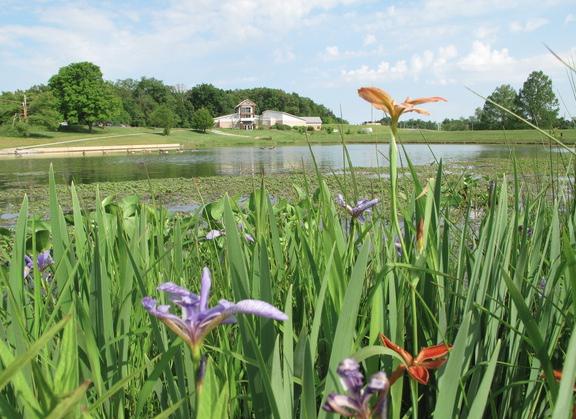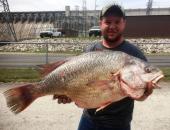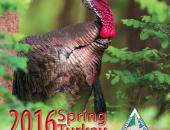Local News
Cape Nature Center Holds Earth Day Celebration on Saturday
April 22nd 2016 by Dee Loflin

“Whether you do something on your own, like add native plants to your landscaping that day, or join us at the nature center for a formal program, Earth Day is a great time to pause and enjoy nature,” Turner said.
The nature center will celebrate Earth Day this Saturday, April 23, with A Southeast Earth Day. Events will be from 1 to 4 p.m. and will focus on the amazing plants, animals and habitats in diverse southeast Missouri habitats.
“Guests can walk our trail to find answers to trivia questions, make a recycled Earth Day craft, enjoy a nature film and many other activities that day,” Turner said.
Turner said there’s something for everyone at the nature center. Youth and adult groups are welcome to attend and no registration is needed for this event.
The Cape Girardeau Conservation Nature Center is located in Cape County Park North near the intersection of Kingshighway and Interstate 55.
Last Updated on April 22nd 2016 by Dee Loflin
https://showmetimes.com/Blogpost/v4er/Cape-Nature-Center-Holds-Earth-Day-Celebration-on-Saturday





